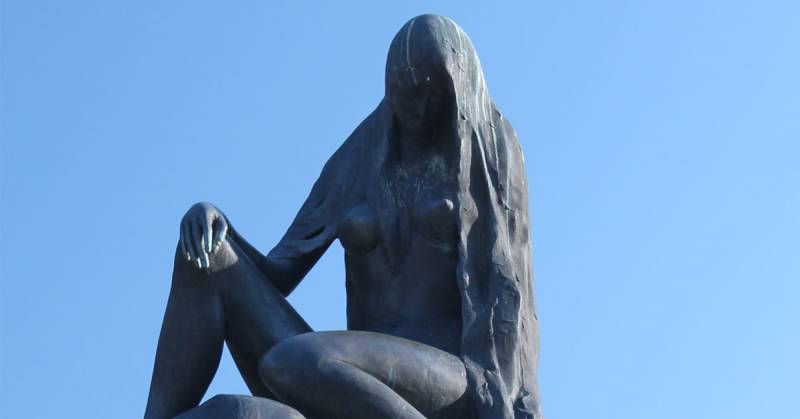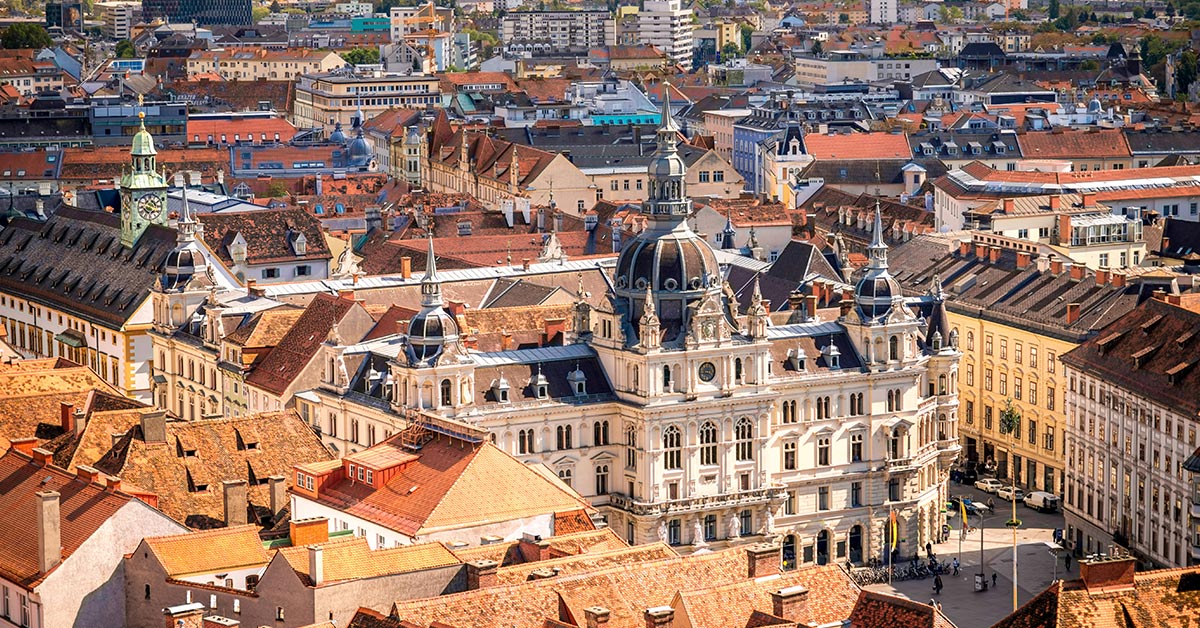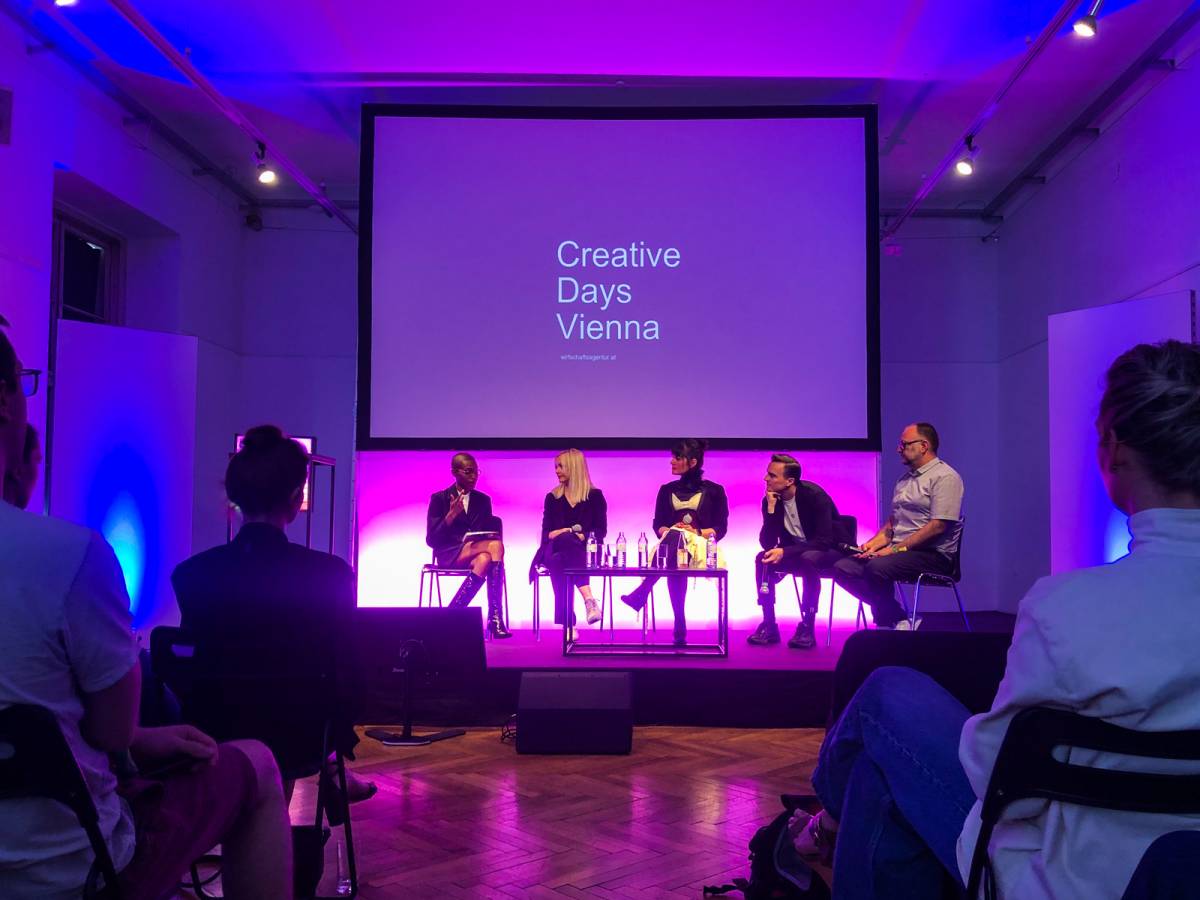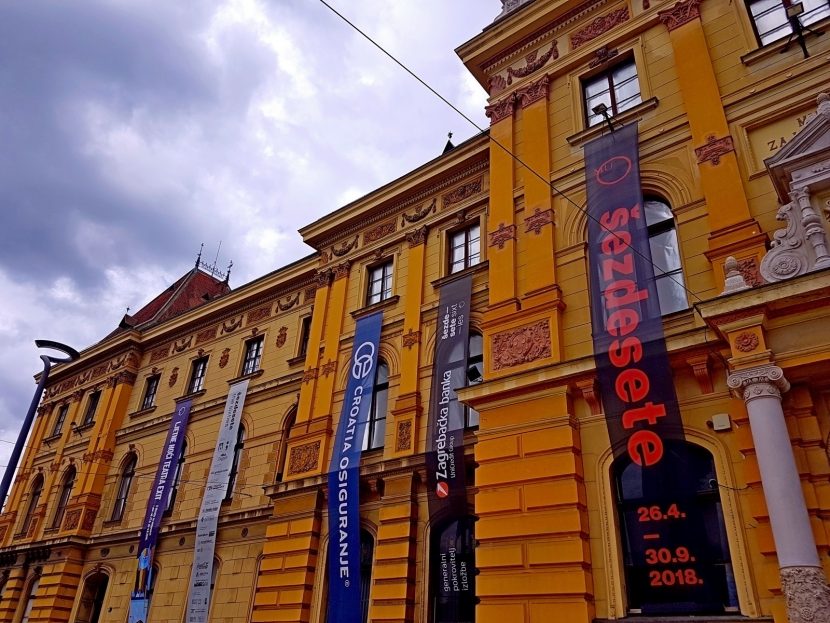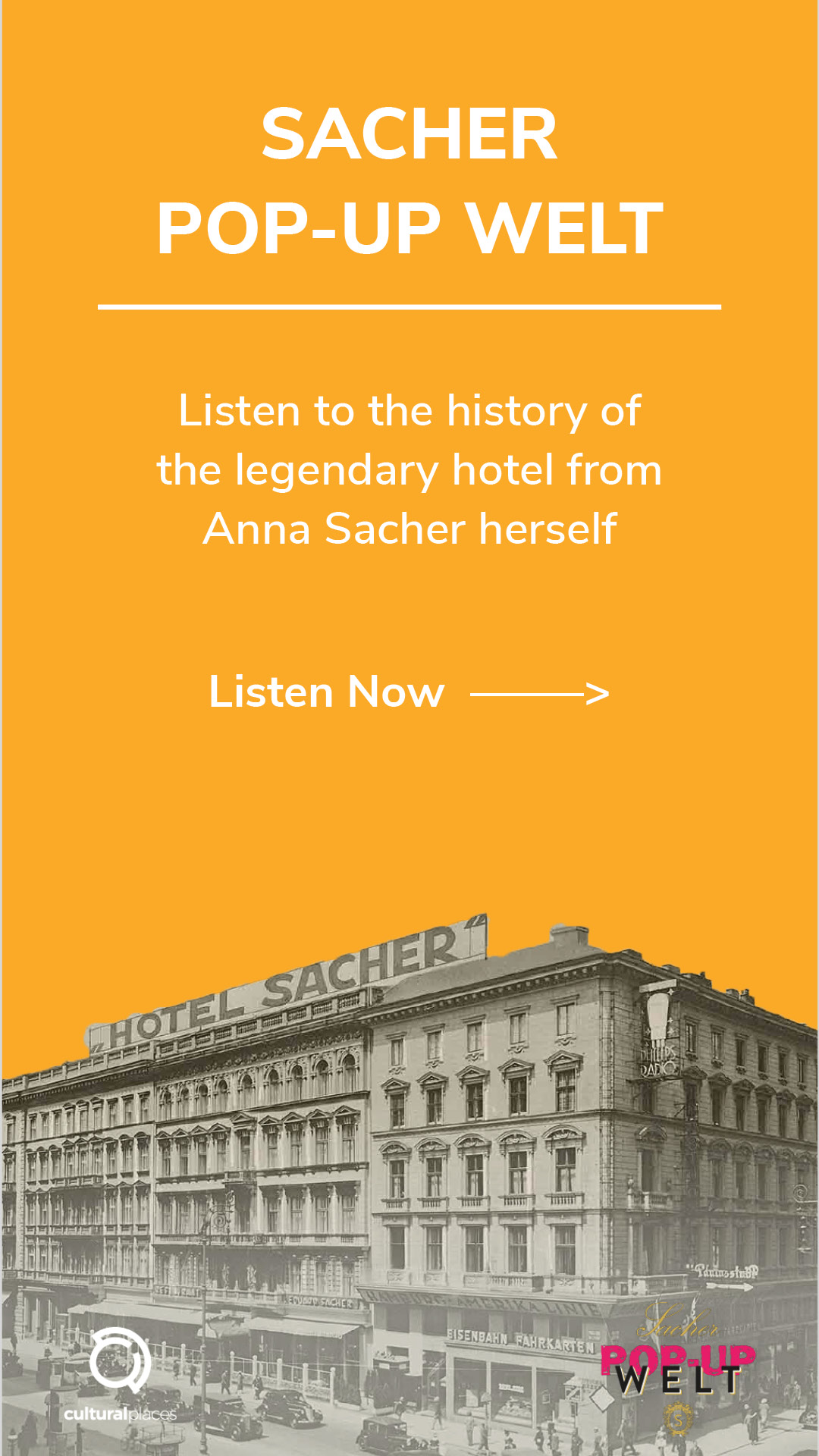5 Myths and Legends in Europe That You Need to Know
European culture has quite a few myths and legends tied to it. There’s almost no place in Europe that doesn’t have an interesting story to tell and don’t we all love reading about them? Here we bring you a few of the most interesting European myths and legends, so keep reading and enjoy.
Strigoi Vampires, Romania
When you think of vampires, you imagine Vlad the Impaler or Count Dracula — the famous Romanian vampire from a Bram Stoker’s novel, whose castle we mentioned in one blog post. You might think that this is character is based on some local legends, but the truth is that vampires didn’t exist before Stoker’s novel. Or at least not in that exact form and with the exact name. If you ask the locals in some Romanian villages, they will tell you the story about strigoi — undead souls that rise from the graves during the night and haunt the villages to drink the blood of the living. The legend says that strigoi are associated with the people who had violent death or some rituals weren’t fully respected during their funeral. Even though strigoi are so dangerous, locals know how to protect themselves: they just hang the garlic by their doors and windows, eat it as much as they can, and even make garlic necklaces for their kids. These must be some stinky villages, huh?
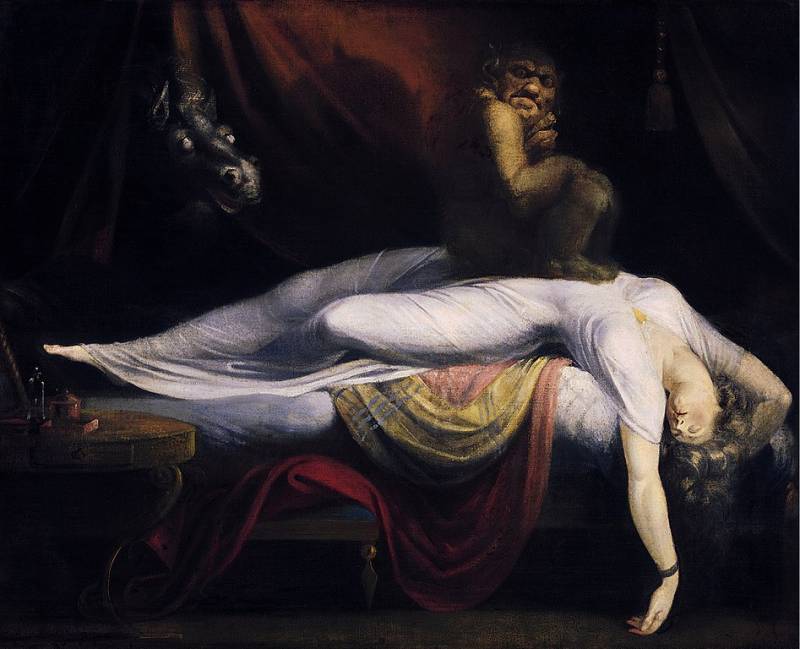
The Nightmare, Henry Fuseli, 1781
Nessie, Scotland
Scottish people love their national myths and legends. There are so many interesting stories originating from Scotland and here we’ll mention one of them — the legend of Loch Ness Monster, or Nessie, as they like to call it. Nessie is a large marine creature that is believed to inhabit the lake Loch Ness in Scotland, and it’s often compared to a “dragon or prehistoric monster”. It is said that the legend of Nessie dates back to the ancient times, but the first written account appears in 565 AD, where it says that the monster bit a swimmer, and was preparing to attack another one. The legend began to grow in 1933 when a road leading to the lake was finished and brought many visitors. Even though many have claimed to see Nessie, there is no evidence to prove it’s existence, so it is believed to be only a myth.
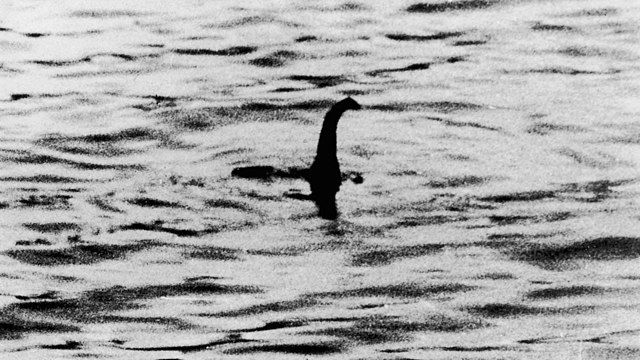
The Loch Ness Monster, Marmaduke Arundel “Duke” Wetherell
Thor’s Hammer, Scandinavia
You probably already know that the Norsemen or Vikings were led by many Scandinavian gods through their journeys, but do you know who was the most famous of the Norse gods? If you guessed it’s Thor — you’re right! Thor, the god of thunder, is known for his hammer called Mjölnir (Lightning) which he used, you guess, to create the thunder. In Norse mythology, Mjölnir is considered as the most powerful weapon, capable even for leveling mountains. According to the legend, Thor got his hammer from Loki, the trickster god. One night Loki was feeling super inspired and thought that he could burn off the golden hair from the head of Thor’s wife Sif. Of course, this made Thor super mad, and Loki had to find a way to make up for what he did. He went to the dwarfs and asked for a magic hammer that would hit any target it’s thrown at and would make the sound of thunder.
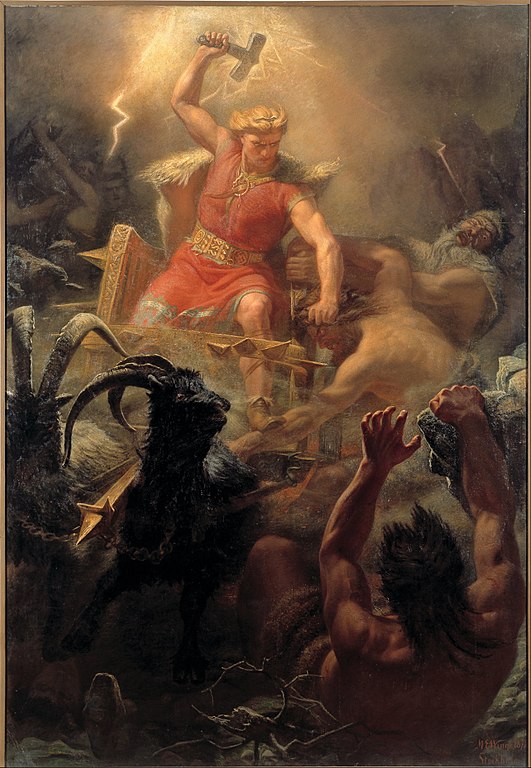
Thor’s fight with Giants, Mårten Eskil Winge, 1872
Lorelei, Germany
You’ve heard a lot of legends related to many mermaid-like creatures and their songs, right? One similar story is placed in the Rhine river valley, near the town of St. Goarshausen. Just above the winding Rhine River, there is a 130-meters high cliff, under which you can hear a specific murmur, probably caused by heavy currents and a nearby waterfall. The rock is called Lorelei Rock, and it tells the story about a beautiful young lady, who lived on those hights. The legend says that the young woman sits upon the rock, brushes her golden hair, and sings her song. The song is distracting to the shipmen who sail the river and it’s causing them to crash on the rocks. Some say that the maiden was disappointed in love, that her true love betrayed her, so she felt vengeful and lured the shipmen into death on purpose.
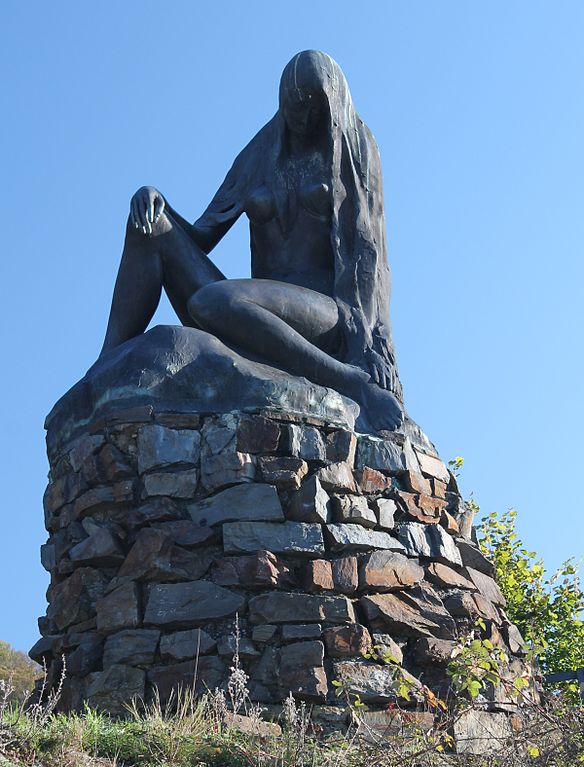
The statue of Lorelei
(cc) Markscheider / CC BY 3.0
The Angry Dragon of Krakow, Poland
Many cities around Europe have legends related to their foundings and Krakow is one of them. The founding of Krakow is related to no other but a dragon, and it’s an angry dragon. Back in the day, there was a small village set on the Vistula river. Near this village, there was Wawel Hill with a deep cave in its side, in which a fearsome dragon lived. One day, a few young men decided to explore the cave and they woke the dragon up. The dragon got angry and chased them out of the cave, roaring fire everywhere, and started to terrorize the village, eat the sheep and young virgins. They lived in fear until the legendary Polish prince Krakus came up with a plan. He smeared sheep into a sulfur paste and fed it to the dragon. The sulfur gave him internal fire, so he started drinking the water from the river until he exploded. Krakus became a hero and the settlement was named after him.
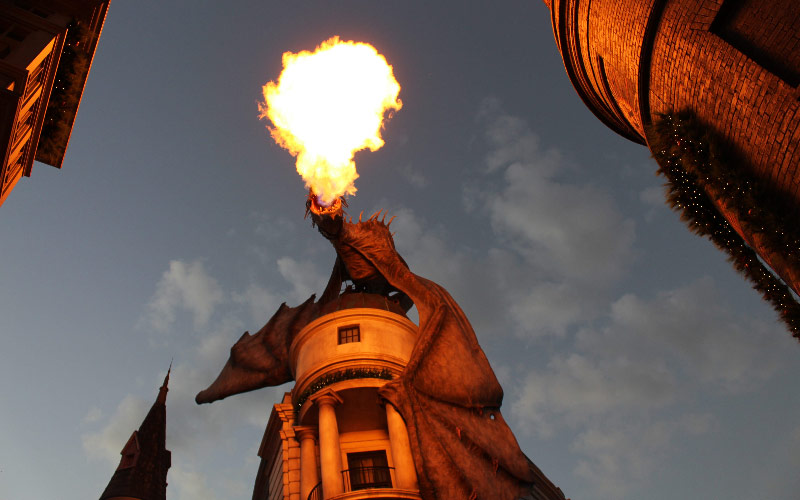
A dragon roaring fire
What do you think of these stories — any chances they are true? Do you have some interesting legends about your hometown to share? We’d love to read about them, so leave them in the comment section below.
Looking for fun ways of exploring the world digitally? Check out the latest digital audio tour on our Cultural Places platform:
€2.29
Vienna On Wheels: From Schönbrunn Palace to Stubentor
#HelpingWithCulturalPlaces
Rent a bike, Segway, or scooter and explore the best Vienna has to offer on wheels.

